There are many fossils on display in the Creation Museum, just 23 minutes’ drive from Cincinnati, Ohio. One specimen is a fish preserved in the act of consuming a smaller fish. Another display showcases a horseshoe crab preserved in front of a fossil trackway it left behind. And who can forget about Ebenezer, a nearly complete skeleton of Allosaurus unearthed in Colorado? The museum holds many fossil wonders. But what many visitors don’t know is that the rocks upon which the Creation Museum stands contain even more fossils! Perhaps one of the most fossil-rich of these rocks is the Kope Formation. Closely studying fossils of the Kope Formation can help us understand how much God’s world has changed since its inception.
The following article summarizes a portion of “Using Stromatolites to Rethink the Precambrian-Cambrian Pre-Flood/Flood Boundary,” by Ken Coulson, and of the surrounding discussion and research pertaining to it. The views expressed do not necessarily reflect those of New Creation.
Welcome to the Kope Formation
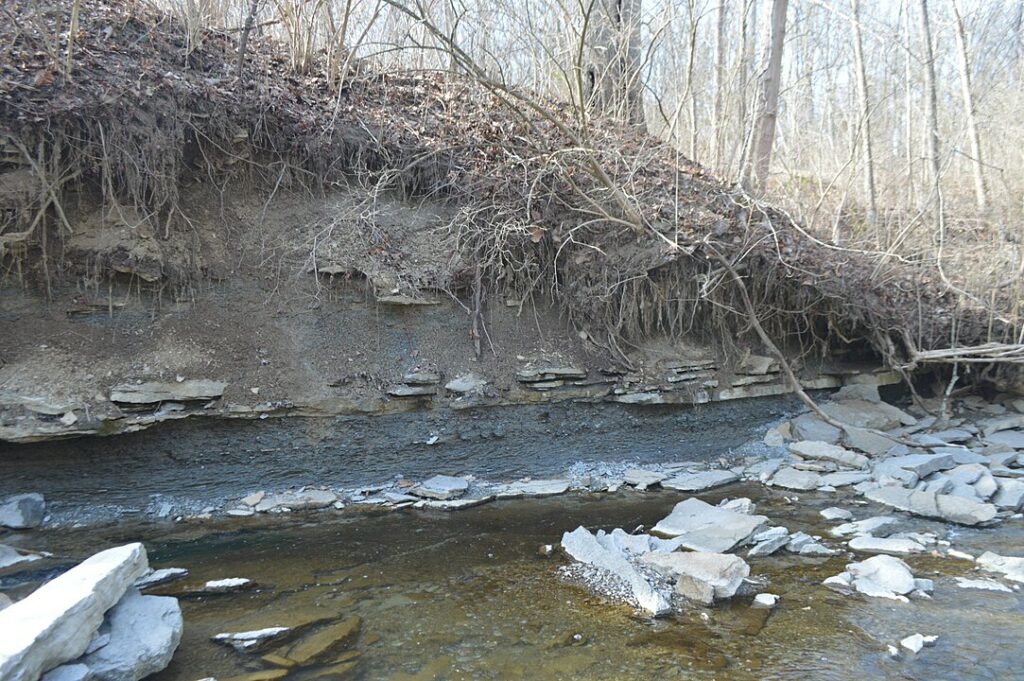
The Kope Formation is a distinct sequence of rock layers covering some 200,000 square kilometers of Ohio, Indiana, and Kentucky. It averages 80 meters thick and 80% of it consists of silts and muds, forming layers about 7.5 inches thick. These layers alternate with 2.5-inch thick beds of limestone. As mentioned above, the Kope Formation is a fossil graveyard. Diverse forms of rolypoly-like arthropods, called trilobites, can be found here in abundance. Other common finds include clam-like creatures called brachiopods, sea lilies (crinoids), coral-like bryozoans, and mollusks.
Most of the fossil species found in the Kope Formation are very specific to the Ordovician geologic system. This is a sequence of rock layers in the geologic column. These are always situated above rock layers of the Cambrian system. But they occur below those of the Silurian and other geologic systems.
Koping with a Mystery
Old-earth geologists believe the Kope Formation preserves an ancient community of shallow seafloor organisms. They think it existed over a time span of about five million years. However, most young-earth geologists think the Kope Formation formed during the year-long Flood of Noah’s day. As of yet, they have not subscribed any environmental or ecological significance to it. Back in his college days, geologist Dr. Ken Coulson studied the Kope Formation as part of his senior capstone project.1 Many lines of evidence he identified were very consistent with burial during Noah’s Flood. Others, however, were harder to explain.
Shells Tell Tales
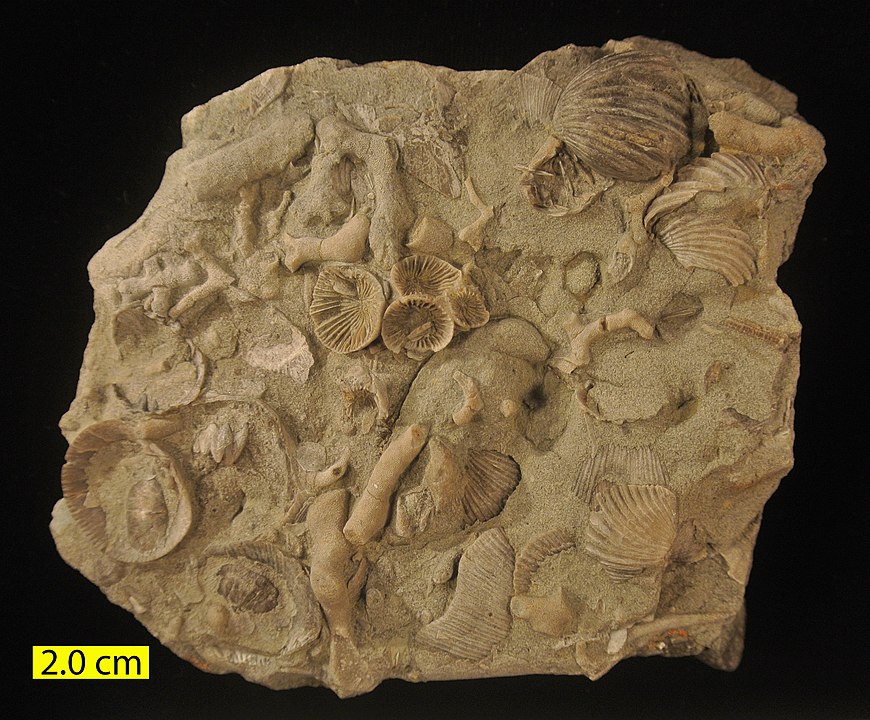
Coulson found that the fossil shells of the Kope Formation lacked evidence for long periods of time spent exposed to the elements. After its host dies, a leftover shell will lie on the seafloor. Unless preserved in the fossil record, the elements deteriorate the shell and other seafloor animals (like snails) nibble on them. However, the fossil shells of the Kope Formation had very few holes bored into them.
All of this suggests that the shells were not laying on the seafloor for great spans of time. It is unlikely that the shells could remain in such pristine condition if this were the case. This trend is consistent with fossil shells found in other layers of the geologic record and around the world. Recent studies have found that small, thin-shelled fossils are just as likely to contribute to the fossil record as large, thick-shelled fossils.2,3 Coulson concluded that the time between death and burial for these shells was very short, perhaps no more than decades.
Hardgrounds
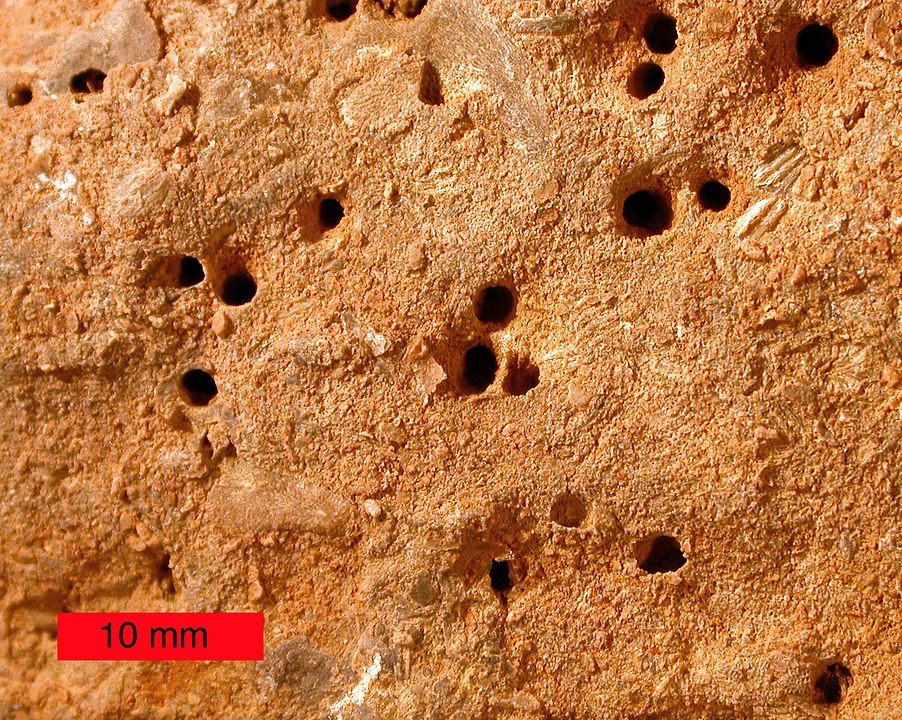
So is the Kope Formation slam dunk proof for Noah’s Flood? Well, not quite, as it still contains mysteries for young-earth geologists to solve. Coulson identified several lines of evidence that appear inconsistent with a Noah’s Flood interpretation. One of them was that the Kope Formation contains special traces left behind by once-living organisms called hardgrounds.
Hardgrounds form when sediment is no longer accumulating over a stretch of seafloor that then hardens into rock. Later, that surface becomes encrusted by colonies of seafloor organisms. Some hardgrounds in the Kope Formation seem to have been home for colonies of bryozoans. These organisms take considerable time to grow, like coral does today. Other hardgrounds, called Trypanites, are infested with burrows that seem to have been dug by worm-like animals that used special acid to etch their way through solid rock.
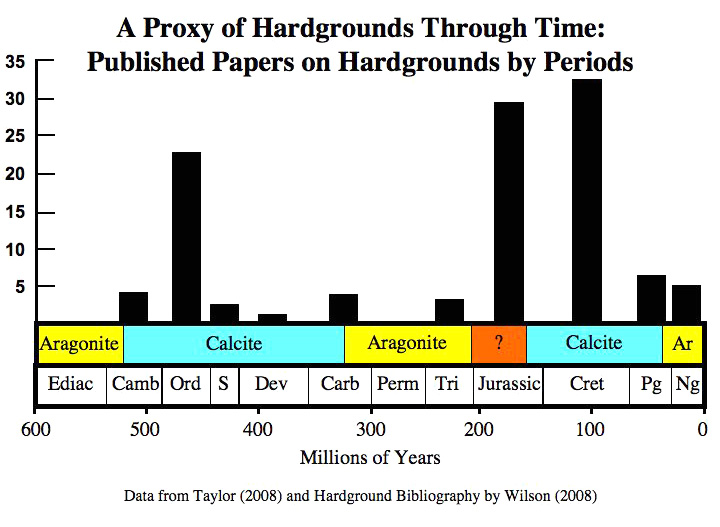
While known throughout the geologic record, hardgrounds are very common in Ordovician, Jurassic, and Cretaceous rocks. Hardgrounds in the Kope Formation are not few in number. They are found by the dozens! Because they occur throughout the geologic record, hardgrounds are a difficult phenomenon for any Flood model to explain.4
Somewhere In-Between
In summary, Coulson has identified evidence inconsistent with the five-million year timespan allotted to the Kope Formation by old-earth geologists. At the same time, he also identified evidence that seemed inconsistent with catastrophic burial during the one-year global Flood. Coulson wasn’t sure what to make of this at the time of his capstone project. Eventually, however, he came to an intriguing, tentative solution to his dilemma. What if the Kope Formation did not form over millions of years or just during one year, but somewhere in between?
Currently, Coulson proposes that the Kope Formation was the product of a series of catastrophes interjected by brief periods of calm conditions. In all, the Kope Formation may have formed in no more than a few years or decades at most, which is more than consistent with the young-age timespan allotted by Scripture.
Where Does the Flood Fit Into All This?
Coulson stresses that while Scripture is very explicit about the geographic extent of the Flood, it does not tell us about its geologic extent. We can reasonably infer that a catastrophe of this scale would leave behind evidence all over the world. But Scripture is silent as to how much of the geologic record was actually formed during this year-long event. So how then should young-earth geologists go about determining the geologic extent of Noah’s Flood in the rocks beneath our feet?
Given Scripture’s silence on this issue, Coulson states that determining whether specific geologic formations were formed before, during, or after the Flood ought to be a scientific endeavor. As biblical creationists, it is important that we do not encumber ourselves with extra-biblical assumptions about how geologic evidence ought or ought not be interpreted.
Raising the Pre-Flood/Flood Boundary
Most young-earth geologists think that the presence of marine sediments (such as limestones) over the continents are one of the most important pieces of evidence for identifying rock layers formed during Noah’s Flood. However, Coulson points out that this overlooks the possibility that inland seas may have existed before the Flood. As such, pre-Flood dry land areas would not necessarily correspond to our modern-day continents.
Coulson further suggests that regions dominated by pre-Flood inland seas did not feel the full brunt of the beginning of the Flood since they were already underwater. Instead, it was pre-Flood dry land areas that experienced the most destruction as great surges of water swept across, eroding rocks and producing great quantities of land-derived sediment. By this logic, young-earth geologists looking for the divide between pre-Flood rock layers and Flood-formed rock layers should be looking for a transition from limestones and other marine sedimentary rocks to more regional-scale land-derived sedimentary rocks, like sandstones and conglomerates.
While the exact identification of the pre-Flood/Flood boundary must be done on a location-by-location basis, Coulson considers the possibility that it may coincide with Carboniferous and Permian rock layers around the world. This is well above the Kope Formation in the geologic record. As such, if Coulson is correct, then this formation was not formed during Noah’s Flood. Rather, it was an ecosystem that thrived sometime in the centuries or millennia leading up to this worldwide cataclysm.
America Underwater
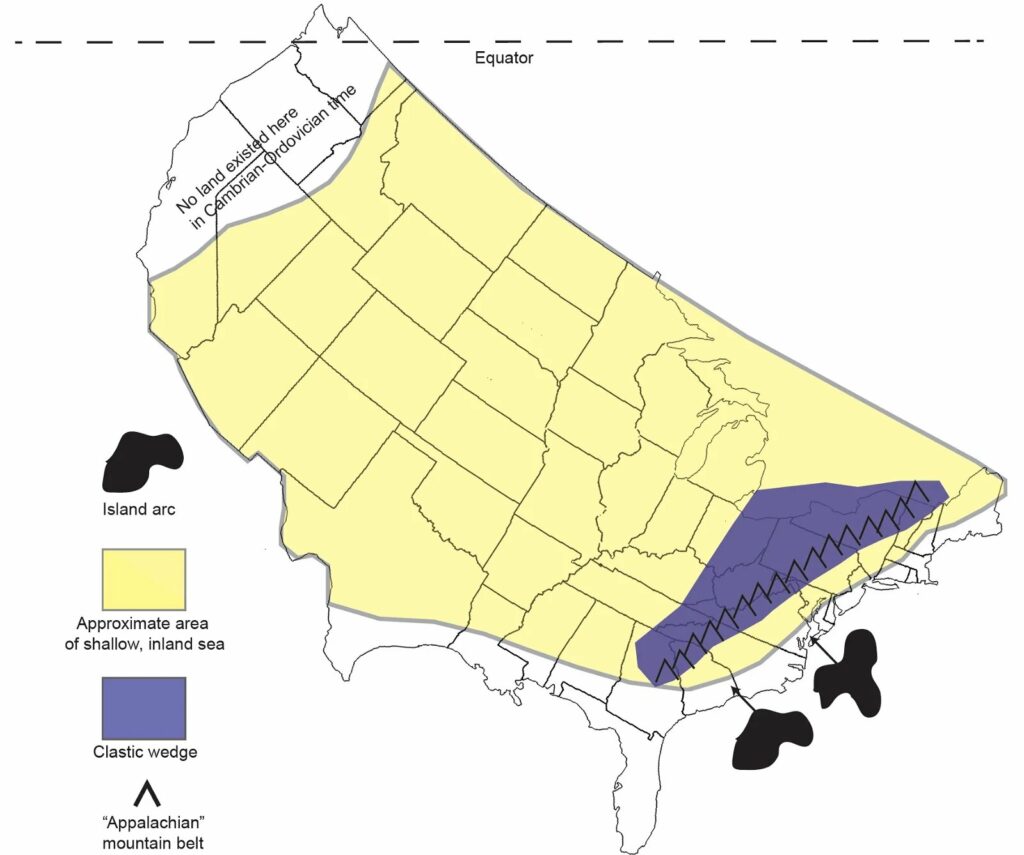
Based on his Kope Formation research, Dr. Coulson developed a new model to explain how it formed within a young-earth timeframe. He envisions that vast, shallow-water inland seas (not unlike the Mediterranean Sea today) covered much of what is now North America. Upon their creation, these seas were dominated by animals currently found in Cambrian rock layers (of Cambrian Explosion fame). The trilobites, bryozoans, and other animals represented in the Kope Formation’s fossil record inhabited offshore ocean floors.
Sometime between the Fall and the global Flood, a chain of small volcanic islands collided with the southeastern side of North America. The force of these islands pushing against the continent caused a mountain range to form. This was the beginning of the Appalachian mountains. It was this collision event that allowed offshore Ordovician creatures to mingle with the Cambrian creatures living in the shallow inland seas for the first time.
The Great Ordovician Biodiversification Event
The abrupt appearance of disparate forms of life in the Cambrian Explosion are well-known. However, a similar explosion of diversity occurs in Ordovician rocks as well, called the Great Ordovician Biodiversification Event. Also known as GOBE for short. Old-earth paleontologists think this represents a time during the Ordovician when many new lifeforms evolved in a very short period of time. In Dr. Coulson’s model, however, this was not a biodiversification event at all. Instead, we could more accurately describe it as a relocation event. Ordovician creatures quickly multiplied, dispersed broadly across the submerged continent. Eventually, they outcompeted and replaced Cambrian-dominated ecological communities. One of these newly-established Ordovician communities became the rich fossil record of the Kope Formation
How long did all of this take to occur? The geologic evidence preserved in the Kope Formation limits this period of time to no more than a few years or decades at most.
Conclusion
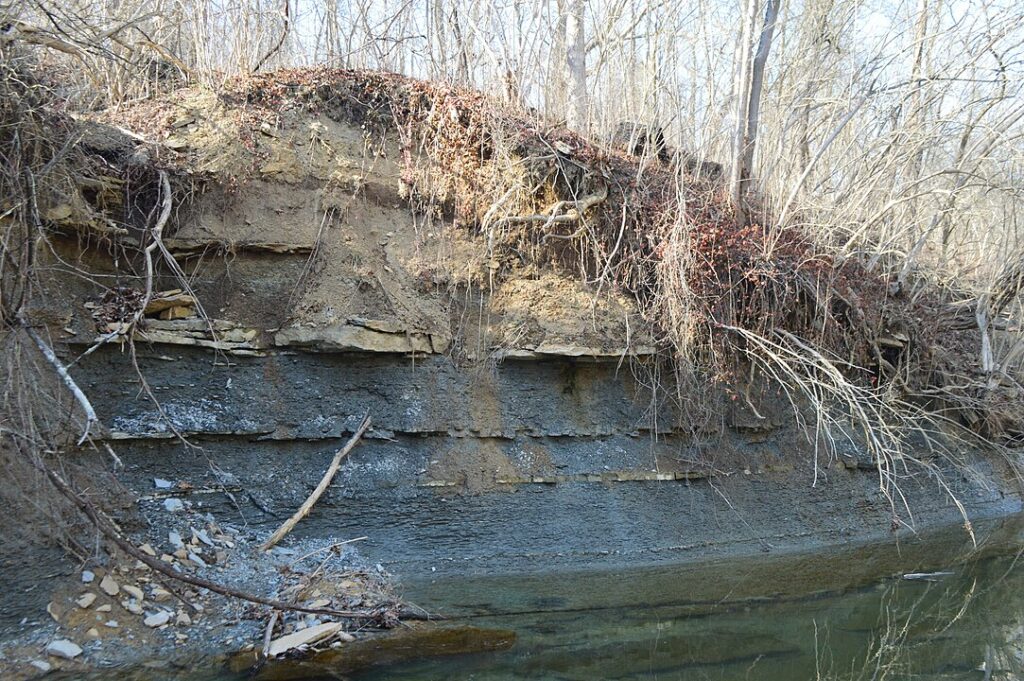
Coulson’s model for the Kope Formation contrasts with the view held by most young-earth geologists today. This is not a bad thing. It is not uncommon for scientists to entertain multiple hypotheses and models at the same time. This helps them to keep an open mind when trying to understand the evidence at hand to the best of their ability. It also helps them to avoid becoming too quick to accept ideas or concepts that are ultimately not required by either science or Scripture.
With more research, some geologic formations will turn out to be consistent with rapid deposition within the one-year Flood (e.g. perhaps the Coconino Sandstone?). Others, with different kinds of post-Flood geologic activity (e.g. Green River Formation). Based on his study of the evidence, Coulson presents a compelling case that the Kope Formation represents a short-lived, seafloor ecological community that existed before the Flood. If correct, studies of similar fossil deposits around the planet may yield more insight into the world as it existed before the great Flood.
Learning More about the Kope Formation
Footnotes
- Coulson, K. P. 2021. “Using Stromatolites to Rethink the Precambrian-Cambrian Pre-Flood/Flood Boundary.” Answers Research Journal, 14, 81–123. ↩︎
- Behrensmeyer, A. K., Fürsich, F. T., Gastaldo, R. A., Kidwell, S. M., Kosnik, M. A., Kowalewski, M., … & Alroy, J. (2005). “Are the most durable shelly taxa also the most common in the marine fossil record?” Paleobiology, 31(4), 607-623. ↩︎
- Kosnik, M. A., Alroy, J., Behrensmeyer, A. K., Fürsich, F. T., Gastaldo, R. A., Kidwell, S. M., … & Wagner, P. J. (2011). “Changes in shell durability of common marine taxa through the Phanerozoic: evidence for biological rather than taphonomic drivers.” Paleobiology, 37(2), 303-331. ↩︎
- See the following paper for a discussion on hardgrounds from a Flood perspective: Woodmorappe, J. (2006). “Hardgrounds and the Flood: the need for a re-evaluation.” Journal of Creation, 20(3), 104-110. ↩︎

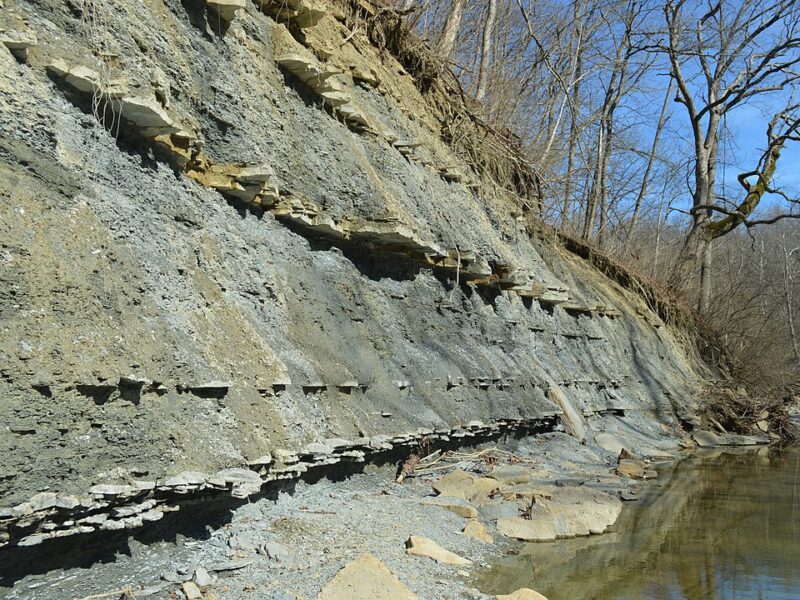


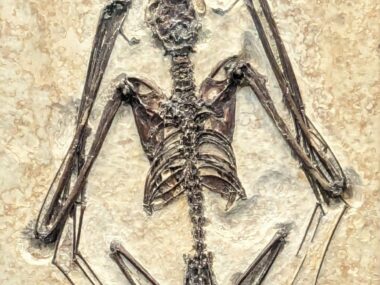



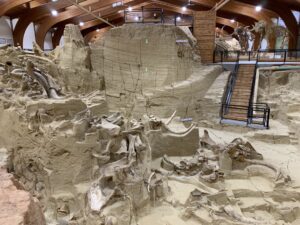



Not my real area of geological expertise, but pushing the tectonic timeframe so tight for obducting the island arc (Taconic orogeny?) onto North America seems to still be a significant problem. The Appalachian mountains demonstrate multiple mountain building events.
Coulson’s idea that the Kope Formation may have formed in no more than a few years or decades at most isn’t physically realistic. This is born out in Scott Dunn’s recent paper on the Clay consolidation problem in the CRSQ. Coulson obscures the fact that the Kope formation has multiple alternating layers of shale and limestone loaded with marine fossils. The silts and clays in each shale layer wouldn’t be able to consolidate and support distinct layers that are loaded with fossils.